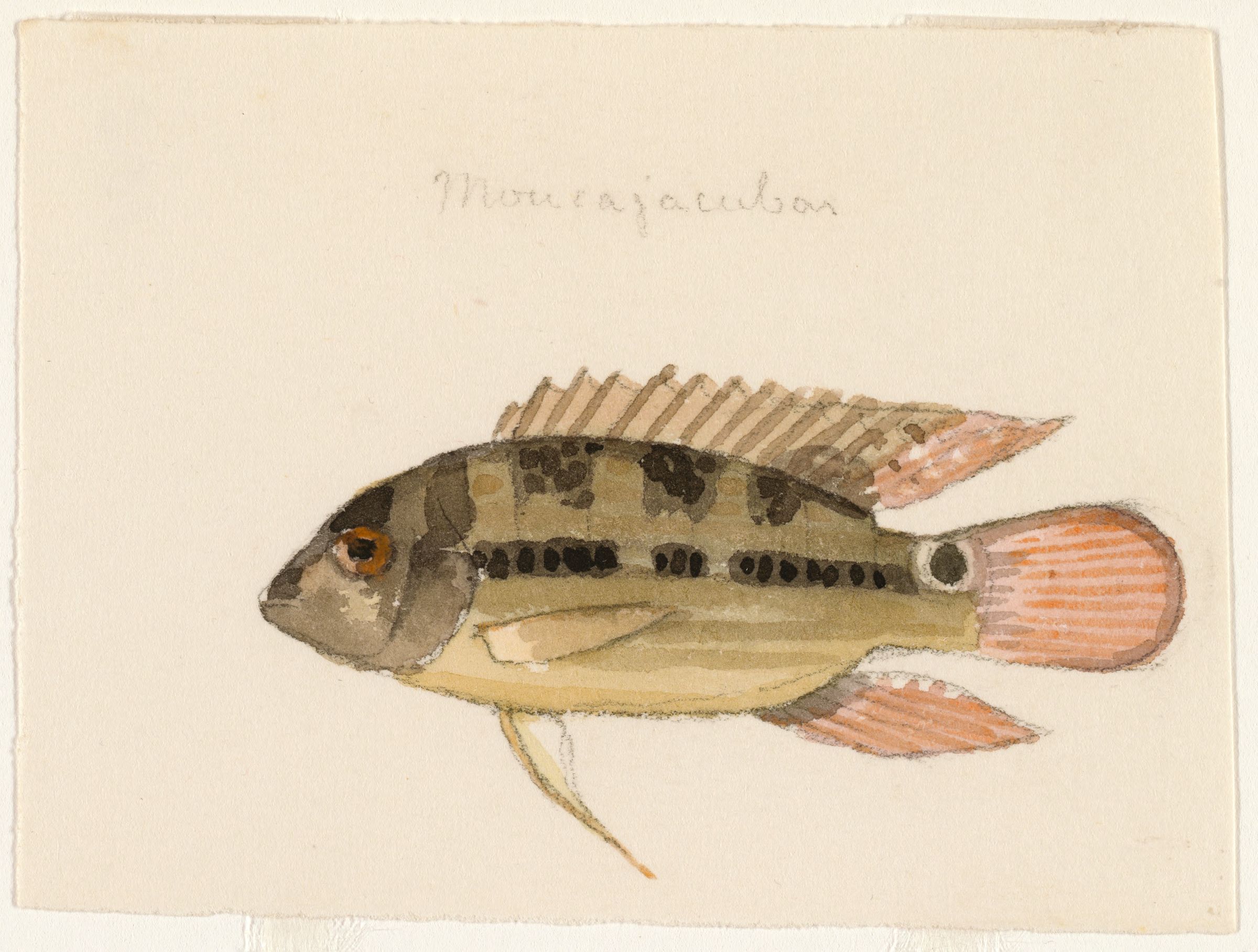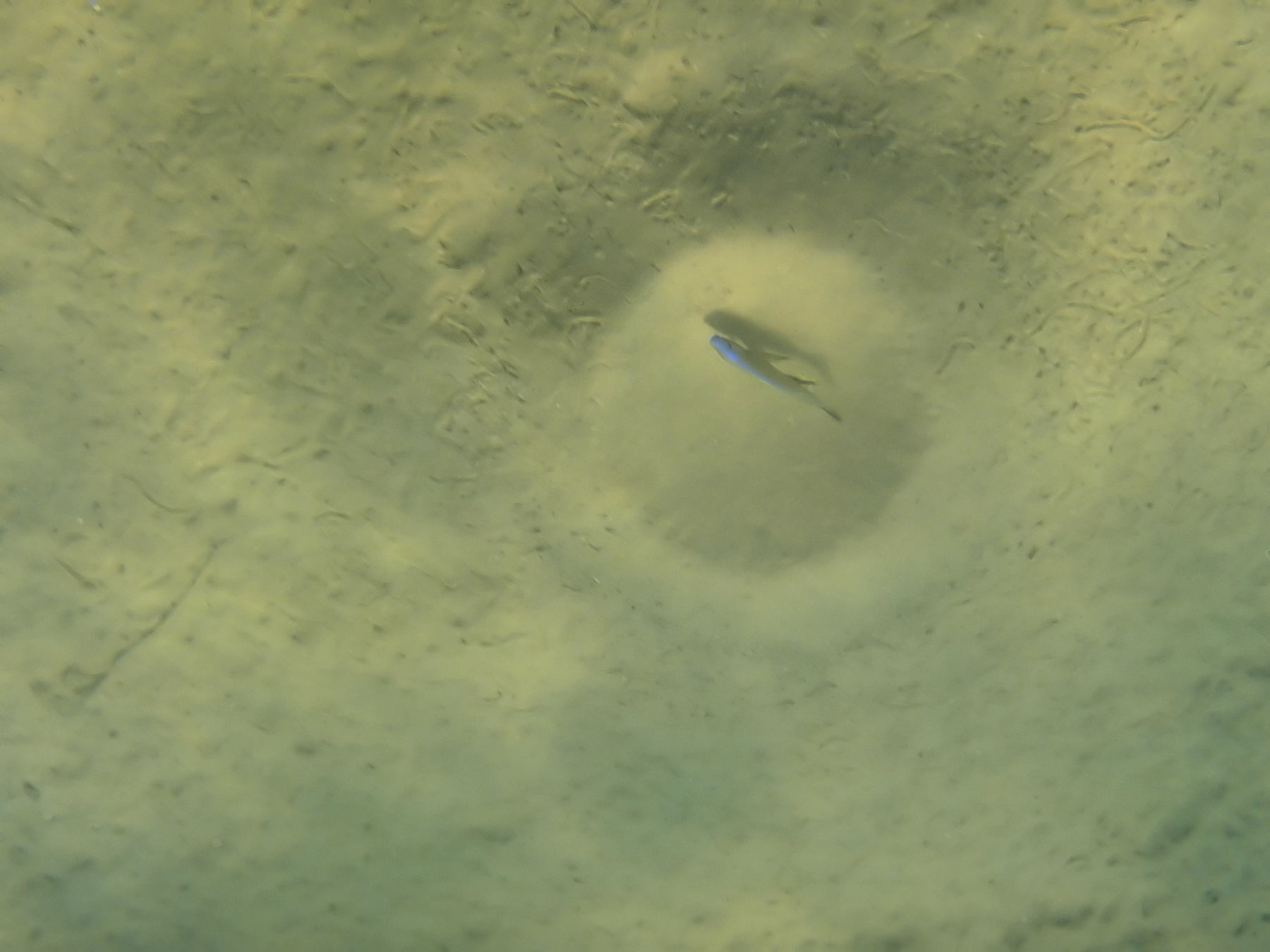|
Corematodus
''Corematodus'' is a small genus of haplochromine cichlids native to the Lake Malawi Lake Malawi, also known as Lake Nyasa in Tanzania and Lago Niassa in Mozambique, () is an African Great Lakes, African Great Lake and the southernmost lake in the East African Rift system, located between Malawi, Mozambique and Tanzania. It is ... basin in Africa. They feed on scales and fins of other cichlids. Konings, Ad (1990). ''Ad Konings' Book of Cichlids and all the other Fishes of Lake Malawi.'' . Species There are currently two recognized species in this genus: * '' Corematodus shiranus'' Boulenger, 1897 * '' Corematodus taeniatus'' Trewavas, 1935 References Haplochromini * Cichlid genera Taxa named by George Albert Boulenger {{Pseudocrenilabrinae-stub ... [...More Info...] [...Related Items...] OR: [Wikipedia] [Google] [Baidu] |
Corematodus Shiranus
''Corematodus shiranus'' is a species of haplochromine cichlid fish native to Lake Malawi, Lake Malombe and the upper reaches of the Shire River in East Africa. It is an aggressive mimic of the chambo cichlids (''Nyasalapia'', a subgenus of ''Oreochromis'') in both color pattern and swimming mode. It is therefore able to approach unsuspecting schools of these species and rapidly take a mouthful of scales or fin. Konings, Ad (1990). Ad Konings' Book of Cichlids and all the other Fishes of Lake Malawi, pp. 90. .Oliver, M.K. (16 November 2000)Corematodus shiranus.MalawiCichlids. Retrieved 13 April 2017. Due to overfishing, the chambo cichlid populations have drastically declined, adversely affecting ''C. shiranus'', which was last reported in 1997 and might now be extinct Extinction is the termination of an organism by the death of its Endling, last member. A taxon may become Functional extinction, functionally extinct before the death of its last member if it loses the capac ... [...More Info...] [...Related Items...] OR: [Wikipedia] [Google] [Baidu] |
Corematodus Taeniatus
''Corematodus taeniatus'' is a species of haplochromine cichlid endemic to Lake Malawi, Lake Malombe and the upper Shire River in East Africa. It is a generalized aggressive mimic of various sand-dwelling cichlids. It is therefore able to approach unsuspecting schools A school is the educational institution (and, in the case of in-person learning, the building) designed to provide learning environments for the teaching of students, usually under the direction of teachers. Most countries have systems of ... of these species and rapidly take a mouthful of scales or fin. Konings, Ad (1990). Ad Konings' Book of Cichlids and all the other Fishes of Lake Malawi, pp. 91. .Oliver, M.K. (10 August 2001)Corematodus taeniatus.MalawiCichlids. Retrieved 13 April 2017. References taeniatus Taxa named by Ethelwynn Trewavas Fish described in 1935 Taxonomy articles created by Polbot {{Pseudocrenilabrinae-stub ... [...More Info...] [...Related Items...] OR: [Wikipedia] [Google] [Baidu] |
Cichlid
Cichlids () are a large, diverse, and widespread family of percomorph fish in the family Cichlidae, order Cichliformes. At least 1,760 species have been scientifically described, making it one of the largest vertebrate families, with only the Cyprinidae being more speciose. New species are discovered annually, and many species remain undescribed. The actual number of species is therefore unknown, with estimates varying between 2,000 and 3,000. They are native to the Neotropics, Africa (including Madagascar), the Middle East, and the Indian subcontinent, although some species have been introduced worldwide. Many cichlids, particularly tilapia, are important food fishes, while others, such as the '' Cichla'' species, are valued game fish. The family also includes many popular freshwater aquarium fish kept by hobbyists, including the angelfish, oscars, and discus. Cichlids have the largest number of endangered species among vertebrate families, most in the haplochrom ... [...More Info...] [...Related Items...] OR: [Wikipedia] [Google] [Baidu] |
Haplochromine
__NOTOC__ The haplochromine cichlids are a tribe of cichlids in subfamily Pseudocrenilabrinae called Haplochromini. This group includes the type genus ''Haplochromis'' plus a number of closely related genera such as '' Aulonocara'', '' Astatotilapia'', and '' Chilotilapia''. They are endemic to eastern, southern and northern Africa, except for '' Astatotilapia flaviijosephi'' in the Middle East. A common name in a scientific context is East African cichlids—while they are not restricted to that region, they are the dominant Cichlidae there. This tribe was extensively studied by Ethelwynn Trewavas, who made major reviews in 1935 and 1989, at the beginning and at the end of her career in ichthyology. Even today, numerous new species are being described each year. The haplochromines were in older times treated as subfamily Haplochrominae, However, the great African radiation of pseudocrenilabrine cichlids is certainly not monophyletic without them, and thus they are today ranked ... [...More Info...] [...Related Items...] OR: [Wikipedia] [Google] [Baidu] |
Lepidophagy
Lepidophagy is a specialised feeding behaviour in fish that involves eating the scales of other fish. Lepidophagy is widespread, having evolved independently in at least five freshwater families and seven marine families. A related feeding behavior among fish is pterygophagy: feeding on the fins of other fish. Species Lepidophagy, or scale-eating, has been reported in a range of fish, including: '' Chanda nama'' (family Ambassidae), '' Plagiotremus'' (family Blenniidae), ''Terapon jarbua'' (family Terapontidae), a few '' Ariopsis'' and '' Neoarius'' species (family Ariidae), '' Pachypterus khavalchor'' (family contentious - variably in Schilbeidae, Bagridae, or Horabagridae), '' Macrorhamphoides uradoi'' (family Triacanthodidae), several pencil catfish (family Trichomycteridae), some piranha, '' Exodon paradoxus'', '' Probolodus'', '' Roeboides'' and '' Roeboexodon'' species (order Characiformes), '' Cyprinodon desquamator'' (family Cyprinodontidae), along with both '' Perissodu ... [...More Info...] [...Related Items...] OR: [Wikipedia] [Google] [Baidu] |
George Albert Boulenger
George Albert Boulenger (19 October 1858 – 23 November 1937) was a Belgian-British zoologist who described and gave scientific names to over 2,000 new animal species, chiefly fish, reptiles, and amphibians. Boulenger was also an active botanist during the last 30 years of his life, especially in the study of roses. Life Boulenger was born in Brussels, Belgium, the only son of Gustave Boulenger, a Belgian public notary, and Juliette Piérart, from Valenciennes. He graduated in 1876 from the Free University of Brussels (1834–1969), Free University of Brussels with a degree in natural sciences, and worked for a while at the Royal Belgian Institute of Natural Sciences, Brussels, as an assistant naturalist studying amphibians, reptiles, and fishes. He also made frequent visits during this time to the ''National Museum of Natural History (France), Muséum national d'Histoire naturelle'' in Paris and the Natural History Museum, London, British Museum in London. Boulenger develop ... [...More Info...] [...Related Items...] OR: [Wikipedia] [Google] [Baidu] |
Genus
Genus (; : genera ) is a taxonomic rank above species and below family (taxonomy), family as used in the biological classification of extant taxon, living and fossil organisms as well as Virus classification#ICTV classification, viruses. In binomial nomenclature, the genus name forms the first part of the binomial species name for each species within the genus. :E.g. ''Panthera leo'' (lion) and ''Panthera onca'' (jaguar) are two species within the genus ''Panthera''. ''Panthera'' is a genus within the family Felidae. The composition of a genus is determined by taxonomy (biology), taxonomists. The standards for genus classification are not strictly codified, so different authorities often produce different classifications for genera. There are some general practices used, however, including the idea that a newly defined genus should fulfill these three criteria to be descriptively useful: # monophyly – all descendants of an ancestral taxon are grouped together (i.e. Phylogeneti ... [...More Info...] [...Related Items...] OR: [Wikipedia] [Google] [Baidu] |
Lake Malawi
Lake Malawi, also known as Lake Nyasa in Tanzania and Lago Niassa in Mozambique, () is an African Great Lakes, African Great Lake and the southernmost lake in the East African Rift system, located between Malawi, Mozambique and Tanzania. It is the List of lakes by volume, fourth largest freshwater lake in the world by volume, the List of lakes by area, ninth largest lake in the world by area and the third largest and List of lakes by depth, second deepest lake in Africa. Lake Malawi is home to more species of fish than any other lake in the world, including at least 700 species of cichlids.Turner, Seehausen, Knight, Allender, and Robinson (2001). "How many species of cichlid fishes are there in African lakes?" ''Molecular Ecology'' 10: 793–806. The Mozambique portion of the lake was officially declared a reserve by the Government of Mozambique on June 10, 2011,WWF (10 June 2011)"Mozambique’s Lake Niassa declared reserve and Ramsar site"Retrieved 17 July 2014. while in Malawi ... [...More Info...] [...Related Items...] OR: [Wikipedia] [Google] [Baidu] |
Drainage Basin
A drainage basin is an area of land in which all flowing surface water converges to a single point, such as a river mouth, or flows into another body of water, such as a lake or ocean. A basin is separated from adjacent basins by a perimeter, the drainage divide, made up of a succession of elevated features, such as ridges and hills. A basin may consist of smaller basins that merge at river confluences, forming a hierarchical pattern. Other terms for a drainage basin are catchment area, catchment basin, drainage area, river basin, water basin, and impluvium. In North America, they are commonly called a watershed, though in other English-speaking places, " watershed" is used only in its original sense, that of the drainage divide line. A drainage basin's boundaries are determined by watershed delineation, a common task in environmental engineering and science. In a closed drainage basin, or endorheic basin, rather than flowing to the ocean, water converges toward the ... [...More Info...] [...Related Items...] OR: [Wikipedia] [Google] [Baidu] |
Ad Konings
Adrianus Franciscus Johannes Marinus Maria "Ad" Konings (born 11 January 1956 in Roosendaal, Netherlands) is an ichthyologist originally trained in medicine and biology. Konings is best known for his research on African rift lake cichlids. After studies in Amsterdam, he has spent most of his life in Rotterdam. Early life Konings started keeping cichlids when he was 14 years old in 1970. Soon he was breeding rare African cichlids and working as an assistant to the largest tropical fish dealer in the Netherlands. Academic studies and early career From 1974-1980 he studied medical biology at the University of Amsterdam and was awarded his Ph.D. in 1980. He chose this field despite his love of ichthyology due to a fear that if he chose the latter field he would be unemployable. From 1980-1986. he did research on lysosomal enzymes at the Erasmus University in Rotterdam. Most of this was DNA-related work (molecular biology). In 1986, Konings moved to St. Leon-Rot, Germany (ne ... [...More Info...] [...Related Items...] OR: [Wikipedia] [Google] [Baidu] |





